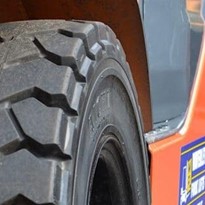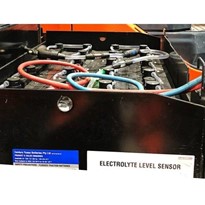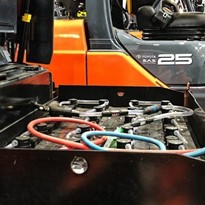This issue has stemmed from the unfortunate passing of a wheel fitter in NSW as a result of a Container Handling Reach Stacker, five piece split rim wheel assembly exploding.
The Singleton man was killed while working on a mining truck at a factory in Muswellbrook, NSW. The most shocking thing to note within this accident is it is not the first of this nature to occur.
The question has to be asked: why have so many injuries, and, in some extreme cases, even fatalities taken place when removing wheels from these heavy trucks?
MLA Holdings' big truck range of 16000kg lifting capacity and above is usually equipped with multi piece rims and pneumatic tyres. This specification can cause a safety issue for technicians and tyre fitters working on these trucks if precautions are ignored.
It is a safety regulation that when removing a wheel from a heavy truck or container handler the tyre must be fully deflated, removing all the inside air pressure. The reason for this is when removing a tyre full of air pressure, you can run the risk of a catastrophic wheel explosion, the tyre or rim can be cracked or damaged which in turn will then explode due to the high air pressure within, up to 1100 KPA or 155 PSI.
These explosions can have devastating consequences as seen across Australia and the world. So is it a lack of knowledge or a lack of concern which has seen basic safety procedures ignored and lives changed forever?
Gary Cassel, MLA's National Engineering Manager, has worked in the industry for 48 years and knows a safety hazard when he sees one.
"In the mobile equipment maintenance field, it is of prime importance for front line people to be able to identify the hazards associated with the task that they are about to undertake and be capable and vigilant about implementing measures to mitigate the risks of the associated hazards to ensure their safety and the safety of others," Cassel said.
In an attempt to counteract this increasing and extremely dangerous problem, MLA Holdings uses a wheel and tyre safety supplement to instruct tyre fitters and technicians on how to safely and correctly remove and replace tyres.
There are a few instructions to safely remove and replace wheels.
Removal:
- Park the truck on level ground in a safe working area
- Chock the wheels
- Isolate the ignition and batteries
- Jack up the truck at the jack points and secure with an axle support device (Do not rely on just the jack)
- Before removing any wheel nuts, deflate all wheels that are to be removed
- Remove the wheel nuts and use a suitable lifting device to remove the wheel
Replacement:
- Inspect the tyre and rim for damage and cracking, reject if faulty
- Place wheel into tyre safety cage and inflate to recommended inflation pressure, inspect wheel for defects then fully deflate the tyre, remove from tyre safety cage and rectify any defects found
- Use a suitable lifting device to place the wheel onto the truck and tighten wheel nuts in correct sequence to recommended torque setting
- Place a protection device near the wheel assembly to minimise the trajectory zone
- Inflate the tyre to the recommended inflation pressure from outside the trajectory zone
- Inspect the wheel for defects, reject if faulty
- Remove the protection device, axle support device and jack
- Test-run the truck and re-tighten wheel nuts in correct sequence to the recommended torque setting
- Return the truck to service
- After 10 hours of use re-tighten wheel nuts in correct sequence to recommended torque setting
MLA believes the implementation of these safety instructions is paramount in preventing death and injury by wheel explosion to the technicians and wheel fitters working on their equipment.
While this safety instruction provides a positive solution to the problem, it will not fix it unless technicians and wheels fitters recognise the hazards and are vigilant when working on heavy trucks and container handlers.
Taking the necessary precautions and dropping the 'it won't happen to me' attitude can often make the difference between life and death.
Pneumatic tyre explosions is not a new issue, however the problem has intensified recently.
It's believed the reason behind this is education. More safety manuals, awareness, education and vigilance are the key to combating this very serious issue.


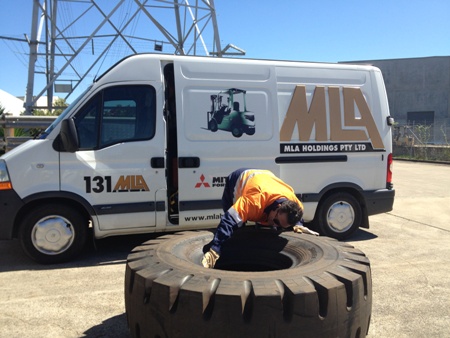
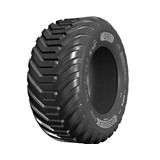
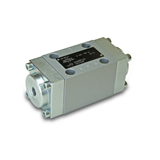
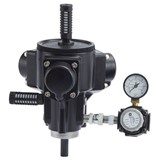
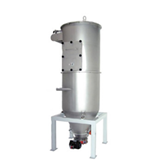
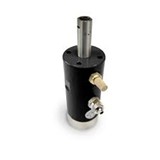

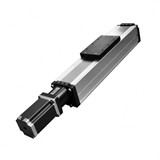
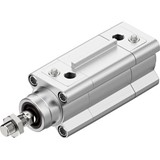
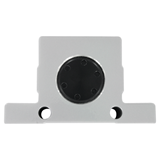
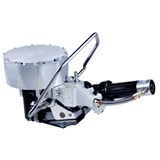
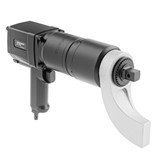
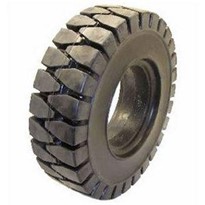
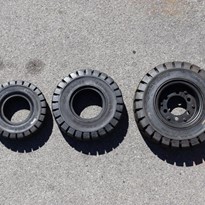
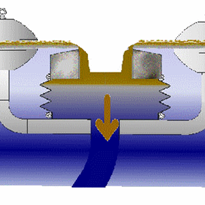
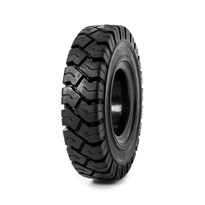
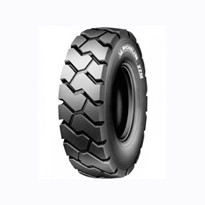
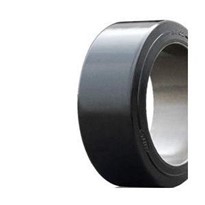
-205x205.jpg)

